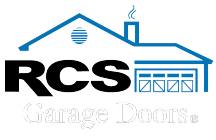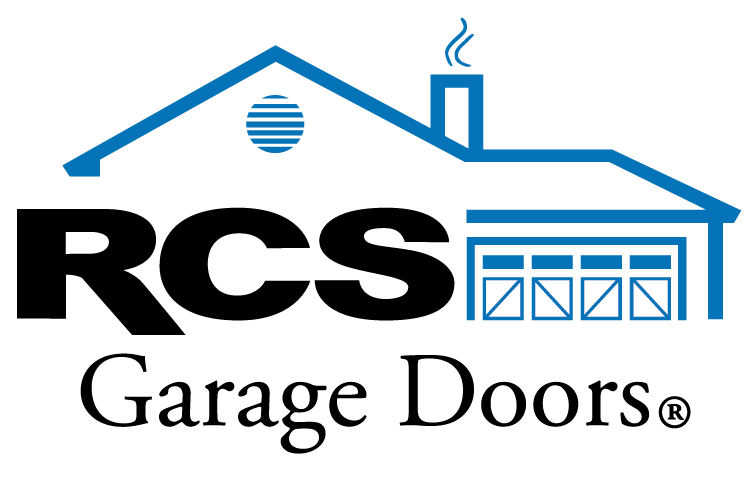Tips for a Quieter Garage Door
Is it a truck? Is it an earthquake? No. It’s your garage door.
If opening your garage door is a loud, house-shaking, baby-waking event, there is likely a combination of many components that have been worn and shaken over years of use. While you’ll never have a totally silent garage door, there are several factors that can cause significant noise. Some repairs can be DIY, but garage doors can be very dangerous, so many repairs require a professional.
How to Make Your Garage Door Quieter
Find the noisy culprits – Open and close your garage door several times to attempt to isolate the sources of noise. Look and listen for:
- Rattling sections of track
- Rollers that jump, drag, or otherwise roll unevenly
- Squeaking hinges and chains
Tighten the Nuts and Bolts
It is common for nuts and bolts on the door and on the tracks to shake loose after many openings and closings. You can do this regularly to cut down on noise.
Find Worn Hinges
If you can see an oblong hole where the pin meets with the bracket, the hinges may need to be replaced. Metal shavings around the hinge are also a sign that it is worn. If you feel comfortable, this is a replacement you can do yourself, but improperly installed hinges are a safety hazard, so this is not a beginner DIY suggestion.
Check the Garage Door Opener Chain
A loose chain can rattle and cause the rollers to smack against the track. If you still have your owner’s manual, you may be able to tighten this up yourself following the instruction provided.
Lubricate Moving Parts
This should be done every six months as routine maintenance. Choose a lubricant made specifically for garage doors. This specialty product acts as a liquid but is not tacky when it dries so it does not attract debris that would gum up moving parts. Apply to springs, hinges, tracks, pulleys, rollers and other moving parts. Be sure to hit the torsion bar bearings and all pivot points.
Caution: If your garage door is belt driven, do NOT apply anything to the rubber belt
Are Silent Garage Door Openers An Option?
It is possible to control some of the sound output from your garage door, but many soundproofing solutions require a significant investment of time and money.
Here are some options:
- Install noise insulators between the motor block and the slotted metal brace that attaches the motor to the ceiling. These can be purchased from a garage door specialist
- Add a strip of rubber between the track and the garage. The track may be rubbing against the garage, especially if it is made of concrete or brick
- If noise and vibration are loud in a living space above the garage, purchase specialty anti-vibration pads to install between the mountings of the garage door and the ceiling
Professional Noisy Garage Door Repair in Charlotte NC
A garage door professional will be able to complete any of the above measures that you do not feel comfortable doing yourself. Remember, garage doors can be dangerous and you should only do what you are comfortable doing. Garage doors themselves can weigh 200 pounds or more and the springs necessary for their operation are under significant tension.
If the tips above don’t work, hire a professional to get to the bottom of the problem. A professional can also complete more complex and dangerous tasks to fix a door including:
- Replacing steel rollers with nylon ones, or replacing worn nylon rollers, for smoother operation
- Replacing the extension spring system with torsion springs if there is room
- Replacing your chain-driven garage door opener with a belt-driven one


 Register My Door
Register My Door